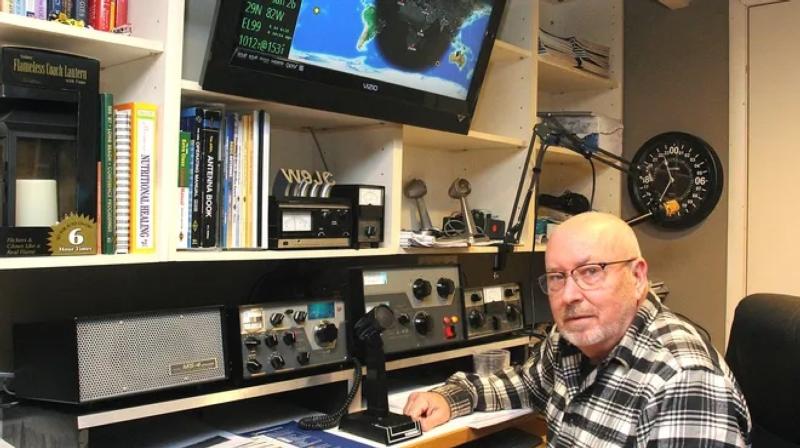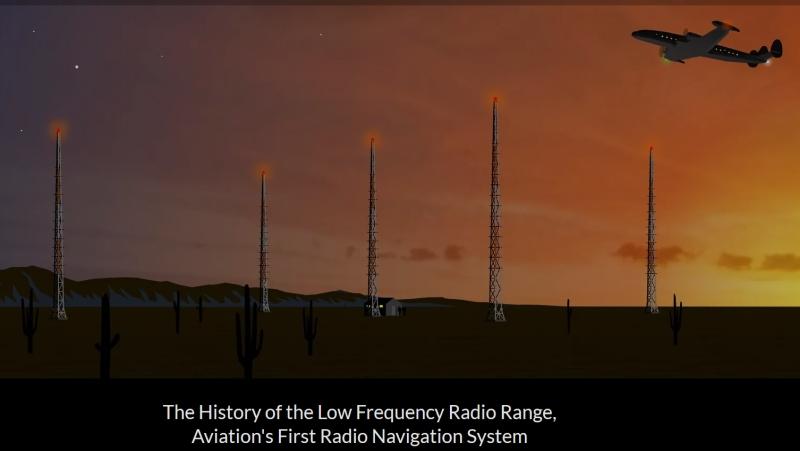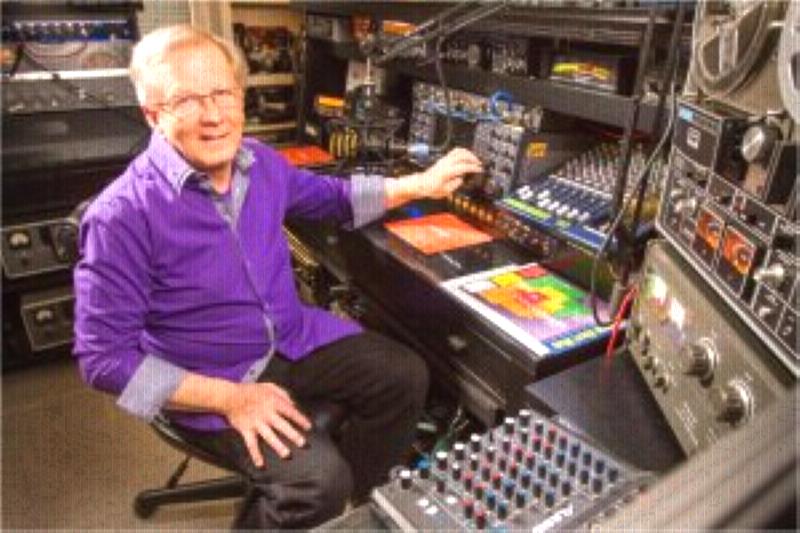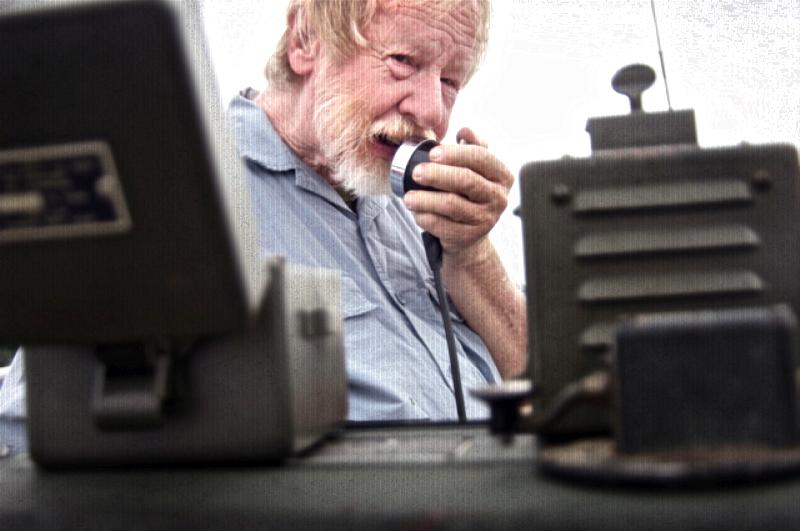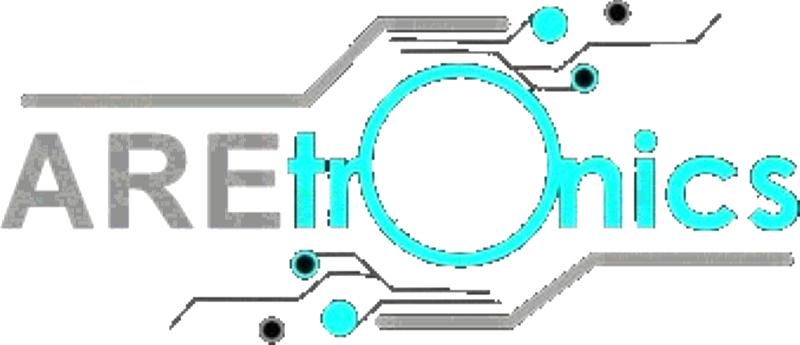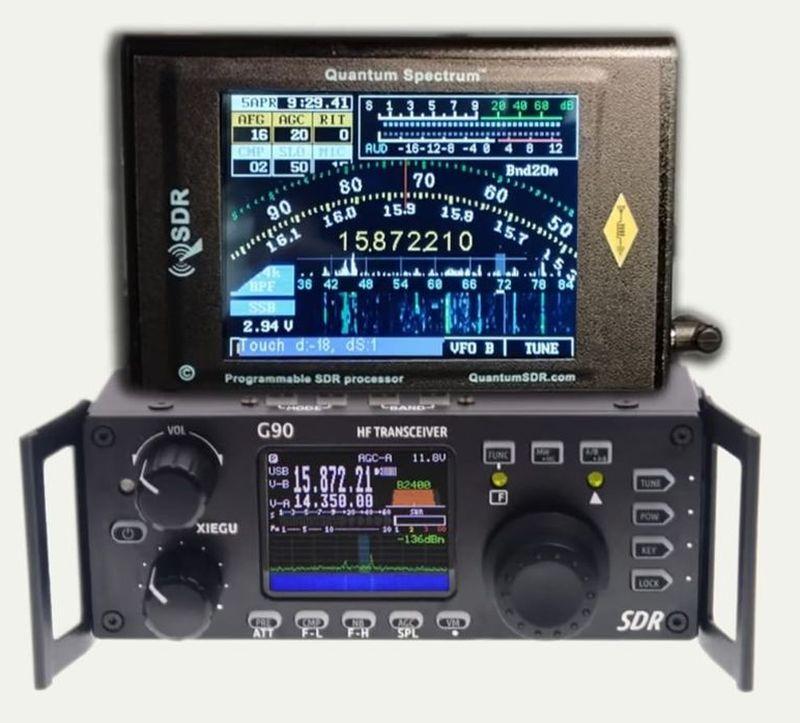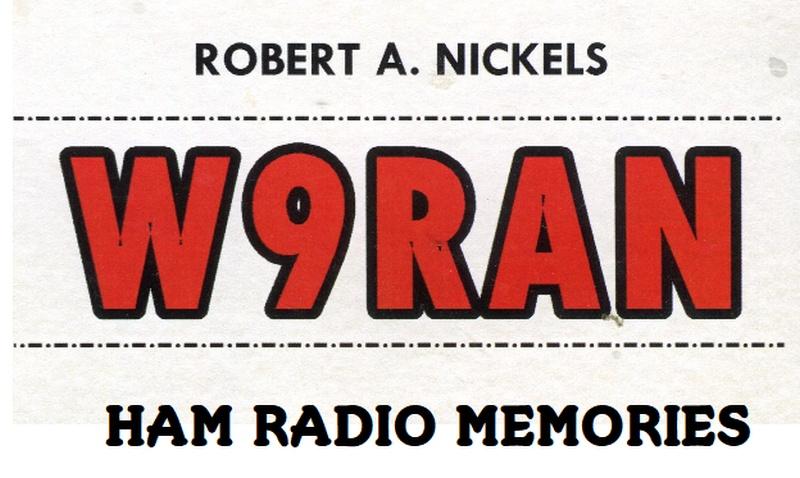Beaker Street returns to the air!
If you remember it, you were there!
General Information 09/11/2020
If you remember "Beaker Street" it's about the best news ever! Otherwise this will seem like going to someone else's high school reunion...
In the late 60s, for kids living in "flyover country" in most small towns in the midwest, there were not many local rock and roll radio stations that could be heard during the day. But with sunset came the skip, and the AM band came alive with signals, dominated by the 50, 000 watt 'blowtorches" that covered half the country or more. The top of the heap was KOMA from Oklahoma City which covered the middle 1/3 of the USA with top 40 rock. Down the dial, the legendary "Big 89" WLS punched out the hits to listeners who were unaware of their cross-town rival WCFL which didn't have the power to be heard 1000 miles away. In the days of AM radios with pushbuttons, you could bet there was a teenager in the family if two buttons were set to 890 and 1520.
But something else was going on, as the music business started evolving from mass-produced hits out of LA and Detroit studios, as signer-songwriters and bands that actually played their own instruments developed a following. But in those pre-MTV, pre-Spotify, pre-SiriusXM days - how would anyone know about emerging musing from what later would be called "indie" or alternative groups rather than just those that dominated the charts?
The answer came in the form of the first "underground" music program on AM radio, broadcast throughout the midwest from the 50,000 watt transmitter of KAAY, Little Rock Arkansas. Because every 50,000 watt station required an engineer holding a First Class Radiotelephone license be on duty at all times, KAAY economiized by hiring a young DJ named Dale Seidenschwarz who might have been known to some friends as WA5AVA, a call sign he still holds. Since he could serve both as overnight DJ and as station engineer, Dale was given free reign to create a music program during the late night and early morning hours when few commercials were sold anyway. The downtown studio was closed at night, so he had to do his show from the transmitter building in Wrightsville, AR, where a giant RCA transmitter was located in the same room as the backup broadcasting console and microphone. In order to mask the loud blower noise from the transmitter, he started playing background music in between record cuts, starting with tracks from Henry Mancini's "Charade" LP but soon switching to a unique space sound-effects record by the band Head, on a cut called appropriately enough, "Cannibis Sativa". This spacey sound became an instantly recognizable trademark of the show and since Dale spoke slowly and often left long pauses as laid-back nighttime DJs were known to do, this music was heard by many who had to wait until the internet was invented ot know what it was called and who recorded it..
Beaker Street (a name making reference to acid (as in acid rock) being made in a beaker) was the most innovative and eclectic program on the air, giving listeners a preview of the AOR (album oriented rock) and classic rock formats that would become a mainstay of FM radio over coming decades. But for kids driving around in their cars in Nebraska or North Dakota, it was a gateway to a new world of music that would send many of them scurrying to the dusty back bins at record stores instead of the racks up front featuring the latest from The Beatles or Motown.
After Beaker Street left the air there have been several re-incarnations, with and without Clyde Clifford, which was Dale's air name. KAAY had a tradtion in which DJs would use air names of real people who were executives and managers at the station. The real Clyde Clifford was the comptroller for Lin Broadcasting, KAAY's owner. But as of 2020, Clyde is back with a new version of Beaker Street on the Arkansas Rocks Radio Network, a group of a dozen-odd AM, FM and translator stations in Arkansas that carry the same classic rock programming.
Beaker Street can be heard live on Friday nights from 9 until midnight via online streaming at https://arkansasrocks.com/ of over any of the Arkansas Rocks stations if you're in range of them. Now in stereo CD quality with no selective fading, and no static at all.
Never has anyone been able to put together unique and eclectic sets of music that hold my attention like Clyde can do. He calls it the Friday Night Chill Out, but in fact it's good for anytime - and MP3 files of complete shows can be downloaded from https://beakerstreetsetlists.com/ There's also an active Facebook group.
Long live Clyde Clifford and Beaker Street!
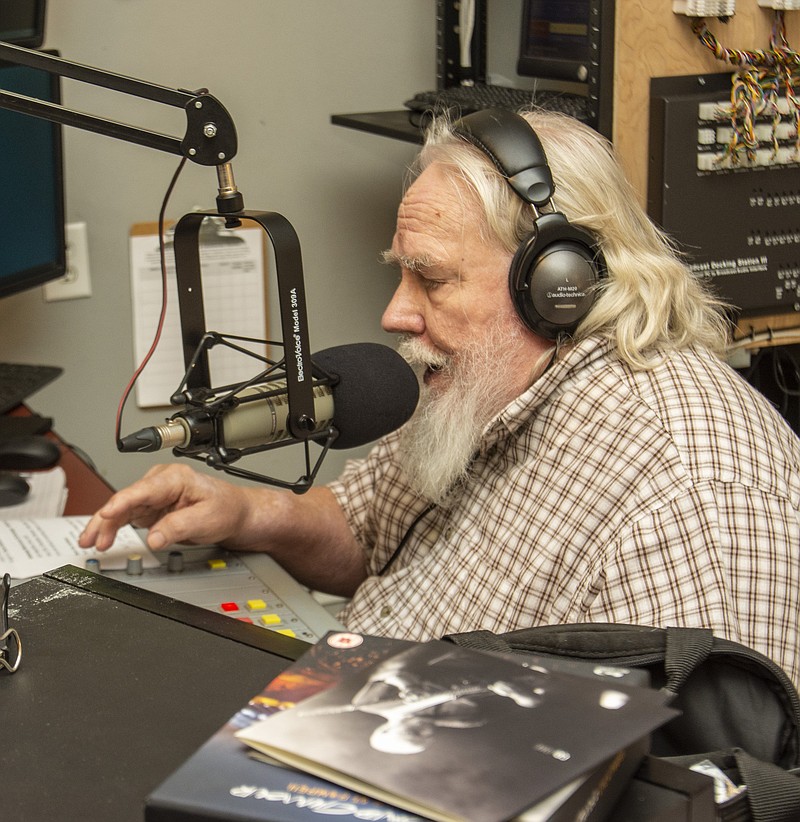
Latest Articles
|
Crystal Replacement
Posted: 02/38/2024
Comments: 0 |
How good can a crummy receiver be?
Hundreds of different simple SDR receivers have been designed around Dan Tayloe's Quadrature Sampling Detector or QSD. Mine add nothing to the state of the art, and in fact subtract things, as I like minimalist solutions and the QSD is right in that sweet spot. Following the evolution of Tayloe's design I delete the resistors in series with the sample lines for inst... READ MORE |

Technical
Posted: 02/37/2024
Comments: 0 |
What's in a number (3253)?
The FST3253 dual four-to-one mux/demux IC has long been used as a "Tayloe Detector" or QSD (and QSE) in low-cost SDRs. They provide incredible performance for such a simple circuit, converting RF to baseband IQ with low loss and the ultimate in simplicity. Unfortunately the original FST3253 part has become obsolete and while substitutes are available, this is where the... READ MORE |

Vintage Ham Radio
Posted: 02/32/2024
Comments: 0 |
The Stancor 10P Transmitter
There weren't really many commercial transmitters in the 1930s as most hams built their own. But many of the ones that were offered came from the transformer companies who had two chances to profit. First, from those who would buy the kit, and two, from those would would see it in the (free) booklets the companies provided to their distributors who would then sell the iron to ham... READ MORE |

Vintage Ham Radio
Posted: 12/355/2023
Comments: 0 |
The Care and Feeding of the EF Johnson Courier amplifier
The EF Johnson "Courier" is a grid-driven amplifier using two 811A tubes. Switching is provided for operating in either class C for CW or as a class B linear amplifier for AM or SSB. Rated power is 500 watts input for CW, 500 watts PEP input for SSB, and 200 watts input for double-sideband AM with carrier. Since all amateur power levels were meas... READ MORE |

Historic
Posted: 11/329/2023
Comments: 0 |
TV Duplexer
Some things are interesting, even if totally useless nowadays. Such is the case with the Philco 426-3034 Crossover Kit for UHF TV. What the heck is that? Well, back in the late 50s, UHF television stations operating on channels 14-83 started to appear in many areas of the US where viewers had a VHF-only TV antenna, and in many cases an externa UHF converter was... READ MORE |

Crystal Replacement
Posted: 11/327/2023
Comments: 0 |
Replacing failed crystals
For decades, quartz crystals were used everywhere a stable frequency source was needed, even in some applications that depended on overtone (harmonic) behavior into the VHF range. These crystals were less stable and more dependent on circuit parameters that fundamental types and thus more problematic. Such was the case with the 94 MHz crystal in the 2 meter converter ... READ MORE |

Historic
Posted: 11/315/2023
Comments: 0 |
My Own Ham Radio Story by W9RAN
Everyone has a story of how they got involved in ham radio - this is mine. It started much earlier, including receiving a Knight Kit Span Master shortwave radio for Christmas in about 1963, at age 12. I'll never forget the night my dad and I finished building it and I wanted to try it out. It came with a 50 ft. antenna which was still coiled up - but ... READ MORE |

Technical
Posted: 09/267/2023
Comments: 0 |
Hot to simulate vacuum tubes in LTSpice
LTSice is a powerful simulation tool that is provided free by Linear Technology Corp. It comes with a complete library of passive and common analog solid-state components but if you want to use it to simulate vacuum tubes, it doesen't work as-is. Even though triode and pentode symbols can be found in the "Misc" folder, they are just schematic symbols and... READ MORE |
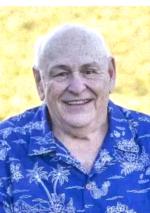
Friends Remembered
Posted: 07/208/2023
Comments: 0 |
Merv Schweigert, K9FD (SK)
Comments from Robert Nickels W9RAN, July 27, 2023: There is nothing worse for a ham radio operator than to see a beloved friends callsign with the letters "SK" behind them. Yet sadly, that's what happened on July 23, 2023, when I learned of the passsing of Merv Schweigert, K9FD. While many of our ham radio interests were different - Me... READ MORE |
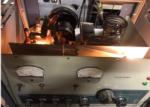
Vintage Ham Radio
Posted: 01/19/2023
Comments: 0 |
"Winter Projects"
I know many of us who enjoy restoring and repairing vintage gear look forward to winter when there is less competition for time and energy, and a chance to really make a dent in our "to be fixed" piles. A couple of years ago I set time aside for "Heathkit Singlebander Week" and went through every one of them I had, with the result that they're all working ... READ MORE |
Latest Links

Products
Posted: 12/10/2018
Comments: 0 |
How To Get Tech Help From Strangers On The Internet
Paul Stoffregen is the creator of the Teensy microcomputer and related products and has authored a vast amount of exceptionally good and useful public domain software to go with it. As the old saying goes "no good deed goes unpunished" and in the course of answering customer and would-be customer questions, Paul has written over 18,000 replies. From that he's ... READ MORE |
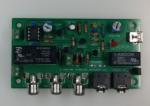
Products
Posted: 11/11/2018
Comments: 0 |
VERSA-TR purchasing
The VERSA-TR kit designed by RAN Technology Inc. is available from our friends at Hayseed Hamfest. Please direct all order-related questions to them at https://hayseedhamfest.com/pages/contact-us ... READ MORE |
Latest News

WANTED: Bendix 3206
Power Supply/Mod/IF unit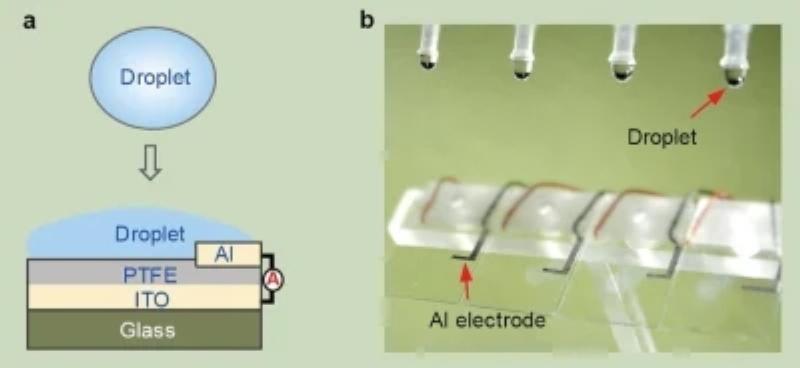
New droplet-based electricity generator
A drop of water lights up 100 small LED bulbs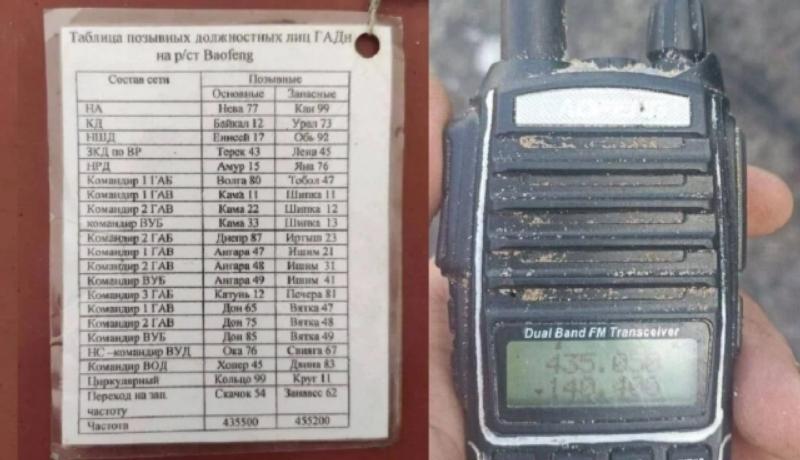
Russian soldiers uses Chinese portable radios
Baofung UV-82HP - unencrypted
Amateur radio transmittting suspended in Ukraine
part of a 30 day emergency order